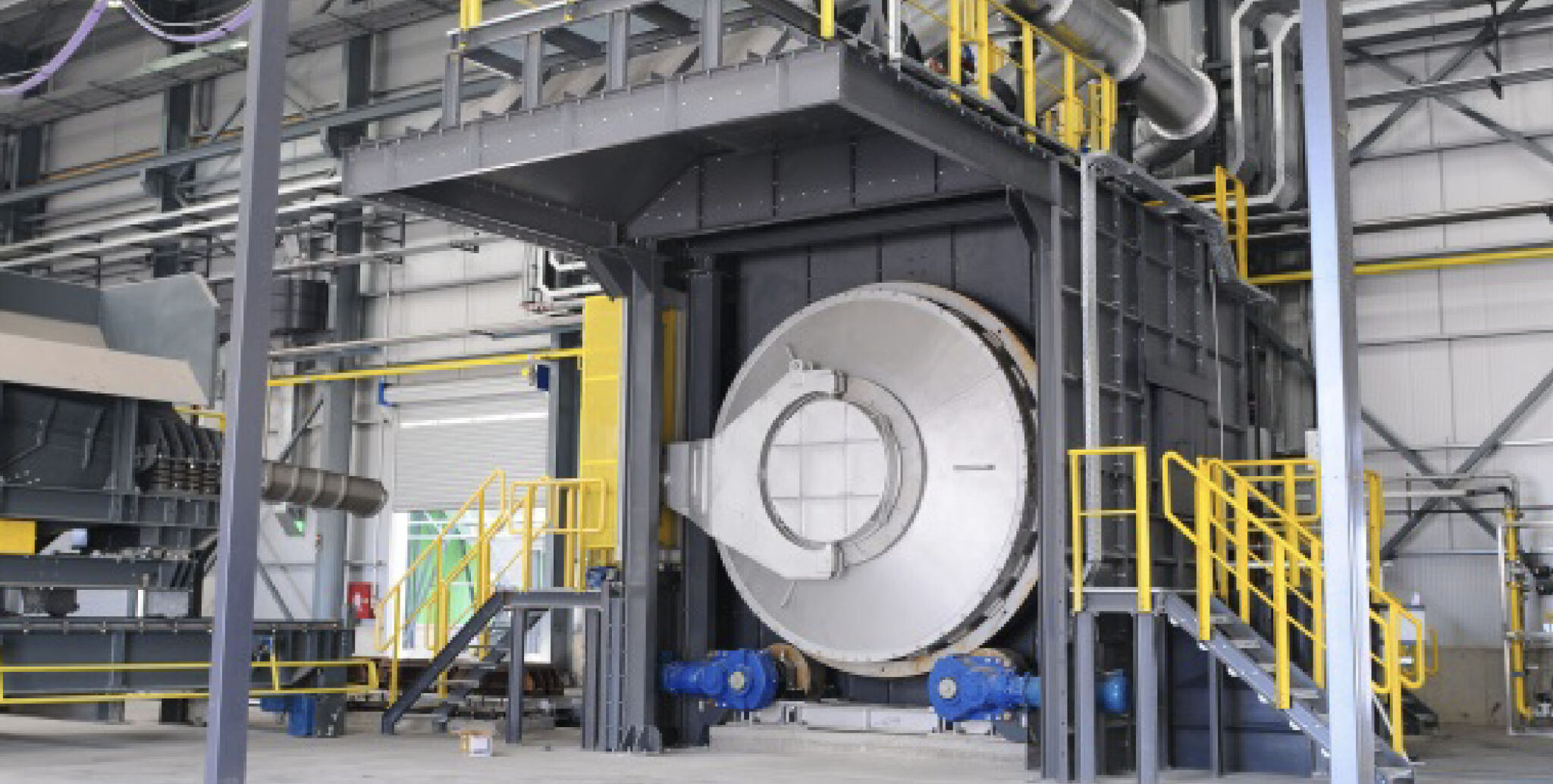
Electrification: Opportunities and Obstacles for Battery Recycling
The world is experiencing a profound energy transition. Industrial manufacturers across the globe are swapping combustion fuels for electricity in line with global ambitions to decarbonize energy supply and improve energy productivity. While at present only 20% of energy consumed in the industrial sector is electric, according to McKinsey’s latest projections, this figure could be as high as 50% using technologies available today.
Faced with growing demand, the global industrial battery market is expected to experience an annual growth rate of 6% from 2020 to 2027 according to the latest report from Grand View Research. While at present, lead-acid remains the dominant battery type, accounting for over 47% of the market share, demand for lithium-ion batteries is increasing as well, as it becomes a more commercial option and is expected to increase at an annual growth rate of 15.70% within the forecast period.
But as we look ahead to a world in which the industrial sector is becoming increasingly electrified, one issue looms large: how are we going to handle the sheer volume of battery waste?
If left in a landfill site, both lead-acid and lithium-ion batteries have the potential to leach toxic materials to the surrounding area, causing severe damage to both people and the environment. The same can be said for so-called ‘backyard recycling’, an extremely dangerous and damaging practice of unregulated recycling by individuals or unqualified firms, which has resulted in cases of lead contamination worldwide.
It’s an issue that global health and development organisations are all too aware of, with lead-acid batteries being labelled one of the world’s worst pollution problems by NGOs Pure Earth and Green Cross Switzerland in 2016.
In Greece, where Sunlight is headquartered, the situation was, until very recently, particularly dire. Four years ago, just 51% of used scrap batteries were legally recycled or collected compared to the European average figure of 95%, with the remaining 49% suspected to have been disposed of or recycled illegally, contributing to environmental lead contamination.
Sunlight’s response was to create our own EMAS-certified recycling facility for lead acid batteries in 2014, which has enabled us to employ the circular economy model.
Through facilities such as this one, trusted manufacturers are capable of recycling up to 95% of lead-acid batteries. Not only does this achieve vertical integration of the lead supply but also provides better control over the composition and quality of lead alloys. As well as providing better control over the delivery timelines of lead needed to produce new batteries, in-house recycling also comes with an economic benefit—the reduced importing cost of the lead needed to make new batteries.
Through this circular economy model, we produce 60% of our production unit’s demand in lead. However, more demand means that other manufacturers need to follow suit, particularly in the Asia-Pacific where a large amount of the global supply of industrial batteries is developed.
While facilities such as this are paving the way for lead-acid battery recycling, such sophisticated facilities for the recycling of lithium-ion remain scarce. Thus, while at present innovation allows for the recycling of up to 95% of a lead-acid battery, for lithium this figure stands below 50%.
As a relatively new commercial battery technology, the chemistry, shape, and design of lithium batteries varies enormously between manufacturers. As such, in order for them to be recycled efficiently, they need to be disassembled, and the resulting waste streams separated, however at the present moment there is still no way to recycle the electrode.
While universities and research centres are still at the early stages of finding a solution to recycling the entire lithium battery, there are still grounds for optimism when it comes to reusing this material. When a lithium-ion battery reaches the end of its life, it still retains around 80% of its charge, which can then be used to power another battery.
But with the total amount of lithium-ion batteries expected to reach 7.8 million tonnes per year by 2040, according to a report from IDTechEx, it’s anticipated that the global supply of end-of-life batteries will surpass their demand in second-life applications.
Similarly, not all lithium-ion batteries will be reusable. Those that are damaged, for instance, will need recycling instantly. And of course, batteries do eventually die for good. Therefore, there is a need for a forward-thinking approach to recycling to ensure efficient long-term management of waste.
The pandemic has generated more stimulus by governments across the world to rebuild economies through the investment of green companies and jobs. So, if we’re serious about making this a reality, we must prioritize sustainable recycling of batteries on a global scale—and it must start with battery manufacturers taking responsibility for managing the waste created by their products—whether that’s through recycling or the reusing of materials.
Source: https://www.batterypoweronline.com/news/electrification-opportunities-and-obstacles-for-battery-recycling/